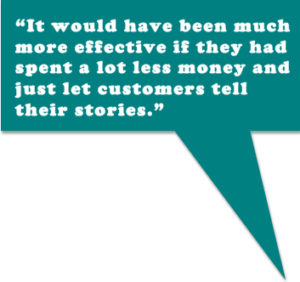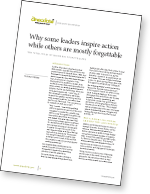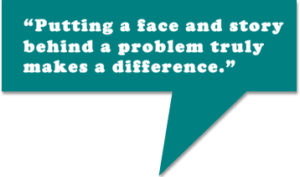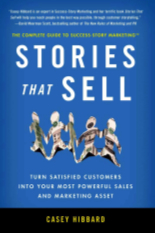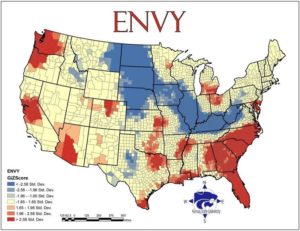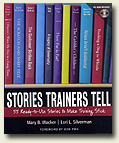Several weeks ago, Irina Shamaeva posed the question on ERE.net, a site for recruiters: Will Resumes Become Obsolete?. Not long before that, David Manaster asked on the same site: Social Media: The New Cover Letter?.
Both postings are the latest in a long line of predictions from recruiters and job-search experts that resumes and cover letters are on the way out. The most prevalent prediction I’ve heard from the hiring community is that some sort of very standardized profile (hmmmm, sounds a lot like a job application; haven’t we already done that?) is what they want to replace resumes.
I don’t buy it.
Shamaeva talks about “how the expansion of everyone’s online presence may affect the set of documents and information that accompanies a job application.” In my opinion, the massive gravitation of hiring decision-makers to using social-media tools to recruit proves that a standardized profile or questionnaire won’t cut it.
The fact that social media has become such a prevalent tool in recruiting tells me that recruiters hunger for a more human way of viewing candidates — dare I say it? — a more emotional connection.
They hunger for candidate’s stories.
Shamaeva discusses the process she’d use for reviewing candidates if she were a hiring manager — resume, LinkedIn profile (not Facebook), possibly Twitter. Her rationale — “I also may get a sense of who the person is. We are looking for a live member of our team; this always involves some chemistry, so the person’s style of presenting himself matters” — tells me that she would like stories. What better way to discover who the person is, how the person will fit in as a live member of the team, what kind of chemistry the candidate will have with the employer, and how he or she presents himself or herself?
Manaster notes that “social media allows you to take control of your personal brand and highlight your strengths. You can show rich examples of your work. You can let people peek inside your head in a way that resumes and cover letters never have and never will.”
I don’t agree with “never will.” I believe resumes and cover letters must morph into formats that do open that window on your personality for hiring managers. I also believe it is already relatively easy to use a cover letter as a storytelling vehicle — much trickier with a resume.
Shamaeva concludes by asking: “… looking into the future, could it happen that a submission of a candidate will not have a resume but will be done with a set of online professional profile links accompanied by a job-specific questionnaire?” The professional profile links, if done well, will help tell the candidate’s story. I’m not sure about the job-specific questionnaire; it still seems too much like a dehumanizing application form to me. I can see the value of such a questionnaire for evaluating how well the candidate expresses himself or herself. I can see gleaning information on the candidate’s job-specific knowledge and skills.
But I still think there is a job-search communication vehicle that has yet to be developed. I am still in a quest for the Storytelling Resume, which I am convinced has not yet fully evolved.
I, and folks like my storytelling-in-the-job-search doppelganger Rob Sullivan, and the career experts who contributed resumes to my book, Tell Me About Yourself, have developed story techniques to integrate into resumes.
But the true, elusive Storytelling Resume vehicle has yet to emerge. When it does, I am reasonably certain it will incorporate social-media elements. Terrence Gargiulo and I are working on research into what the Storytelling Resume looks like.
Like social media for recruiting, the Storytelling Resume would not be without legal and ethical issues. Discrimination is always a possibility when candidates put themselves (and their photos, for example) out there. It’s also true, as Manaster points out (citing Alison Doyle) “The vast majority of professionals are unwilling or unable to send the time and effort needed to maintain a[n effective online] presence.” The same is already true of resumes and cover letters. Most job-seekers don’t put the required time and effort into them. I know from my five years as a resume writer that the vast majority of resumes are crap. However, just as job-seekers hire career practitioners to write their resumes and cover letters, they can hire them to help them craft compelling social-media profiles and other aspects of a compelling online presence.
Manaster cites college student Matthew Cadwallader as having the kind of presence that impresses hiring managers. He sure does — because his Web site tells his story.
this mortgage company with the case study in hand. Sharing the success of a single branch led the national folks to recommend that branches adopt the software, leading to numerous new deals.

